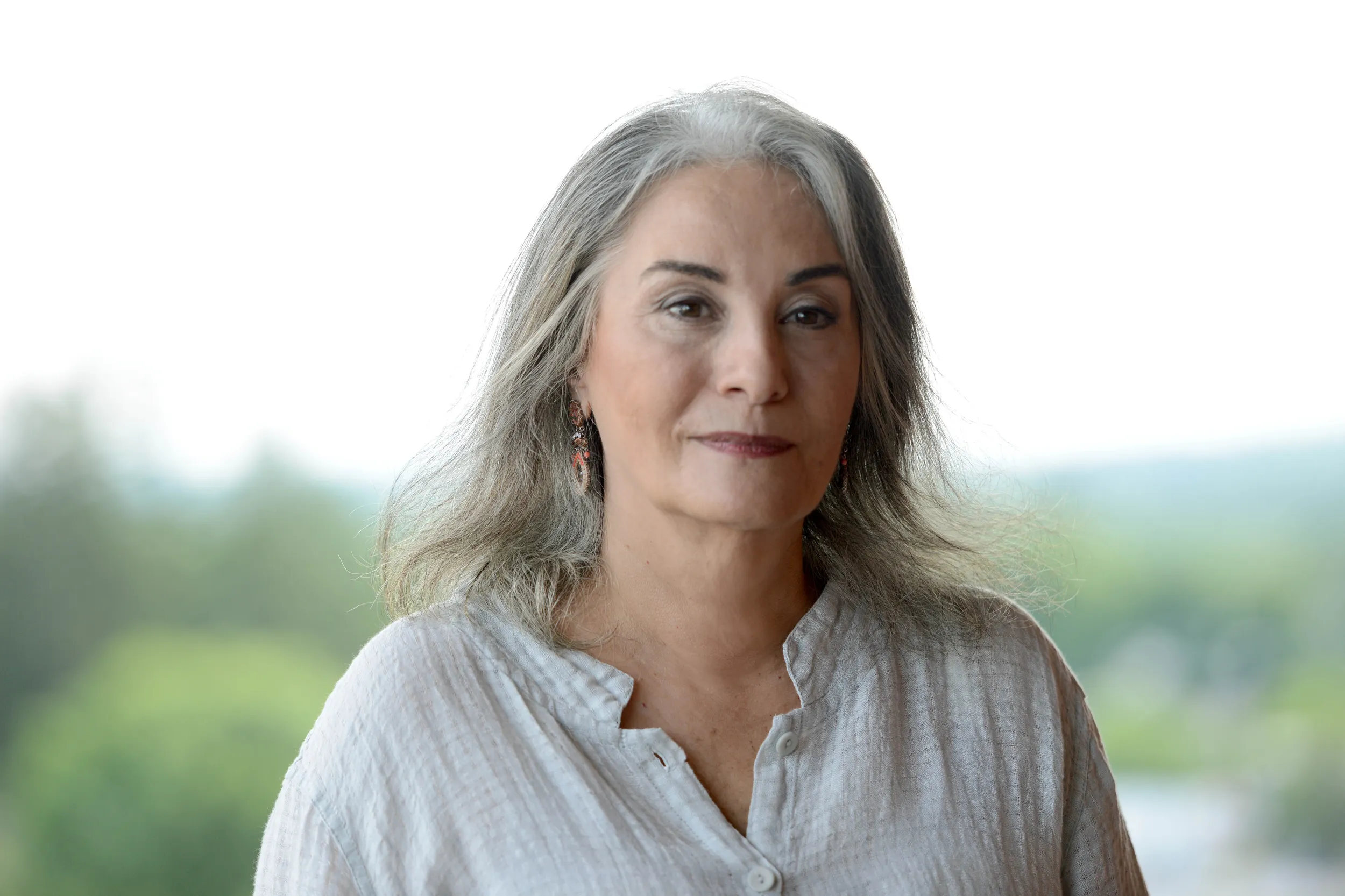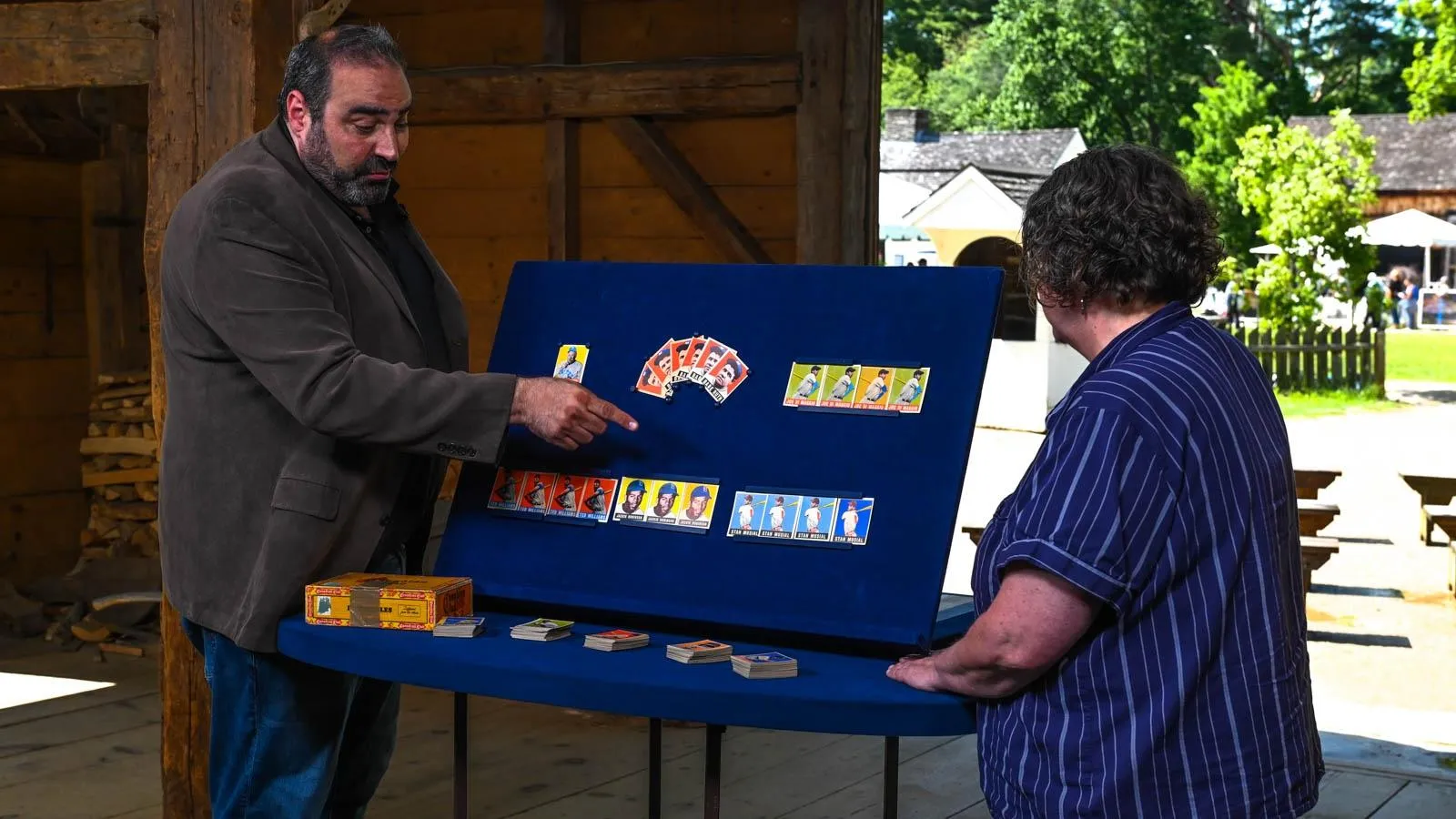GUEST: When I was helping my father move, these were on his shelf, and I asked him about them. He didn't remember much and said that I could have them. I remember seeing them growing up. They were always in his study. They have been in my possession since about 2015, I'd say.
APPRAISER: Would you mind reading the letter for us?
GUEST: I'd be happy to. The title is Baskets of Red Cane. "Made by the remnant of the tribe of Atakapa Indians "living at Indian Village, "near Charenton, Bayou Teche, Louisiana. "These aborigines of our country are rapidly disappearing, "and before many years, this branch of industry "will be lost to us. "The baskets found on the rock salt 20 feet "below the surface of the Earth, "with trees 300 or 400 years old growing through them, were of this same workmanship." And it's signed "Mary E. McIlhenny, Avery's Island, 1884."
APPRAISER: Avery Island, 1884, McIlhenny. That's a significant name in Louisiana history. Tell me your relationship to this person who wrote the letter.
GUEST: Mary McIlhenny w, was her married name. Her maiden name was Avery.
APPRAISER: Mm-hmm.
GUEST: My family line is Avery, also, so she and I are distant cousins.
APPRAISER: Mm-hmm.
GUEST: She married Mr. McIlhenny, who farmed and grew red peppers, and made sauce from it and bottled it.
APPRAISER: And the McElhennys are famous for...?
GUEST: Tabasco.
APPRAISER: The Atakapa, before colonialism, their territory was from the Gulf of Mexico, which is Texas to Southeast Louisiana. They were coastal people. They worked with the river cane. Their numbers were so few by the time that this letter was written, I think they numbered under 100. The forementioned bayou in the letter is now the reservation land of the Chitimacha. The remaining Atakapa joined the Chitimacha about 1915. This area has always been known for its exquisite basketry making. These were contemporary to that 1884 time period. I've never seen these, the two other people at our table, the tribal table, had never seen anything in this flat format before. You not only have these incredible nesting baskets, but you have 26?
GUEST: Mm-hmm.
APPRAISER: Place mats and probably coasters that were commissioned by your ancestor. They don't look like they've ever been used.
GUEST: Mm-hmm.
APPRAISER: They are absolutely just spectacular in their design. There were three groups of the Atakapa. Like, Snake Group was one. So the designs interwoven in them have meaning within their language, within their group. So this really speaks of a, the wild time of the coastal Louisiana, when things were lush and growing of this nature. At auction, the nesting baskets alone would be around $4,000 to $5,000 for them.
GUEST: Mm.
APPRAISER: And I would place the same estimate on the 26 place mats.
GUEST: Amazing, mm-hmm.
APPRAISER: So you're looking at $8,000 to $10,000 worth of baskets.
GUEST: Amazing.
APPRAISER: But the, the history attached to it...
GUEST: Yes.
APPRAISER: ...and the names...
GUEST: Mm-hmm.
APPRAISER: ...and the poignancy of the letter...
GUEST: Mm-hmm.
APPRAISER: ...are really significant.













